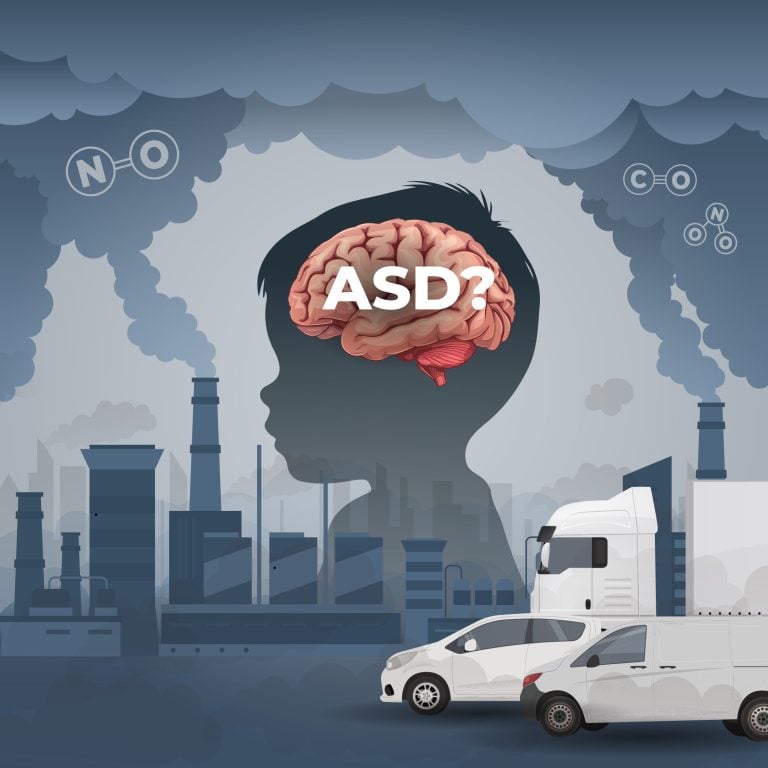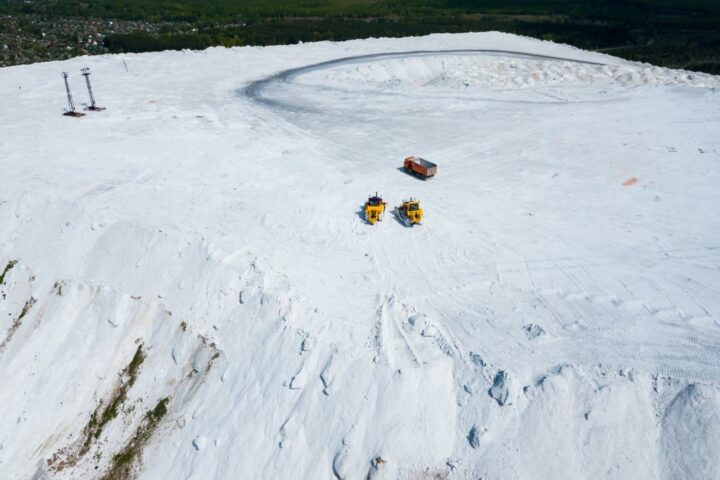A groundbreaking review published in Brain Medicine reveals a significant link between common air pollutants and autism spectrum disorder (ASD). Researchers from the Hebrew University of Jerusalem identified key biological pathways through which fine particulate matter, nitrogen oxides, and other pollutants impact brain development.
Key Findings
- Critical developmental periods: Exposure during prenatal development and early childhood increases ASD risk.
- Biological cascades: Air pollutants initiate complex processes affecting neurotransmitter systems, epigenetic modifications, and metabolic pathways.
- Gene-environment interactions: Individuals with genetic predispositions may be more vulnerable to air pollution’s harmful effects.
- Biomarker potential: Early identification of at-risk individuals may be possible through biomarker development.
Expert Insights
“Different neurological disorders, including autism spectrum disorder, can be associated with environmental factors like air pollution,” says Professor Haitham Amal. “Timing of exposure is crucial, with heightened vulnerability during prenatal development and early childhood.”
Implications and Future Directions
- Public policy adaptations: Urban planning and air quality monitoring may need revision to protect vulnerable populations.
- Comprehensive studies: Examining multiple pollutants’ combined effects during specific developmental windows is crucial.
- Preventive strategies: Understanding gene-environment interactions could inform effective prevention methods.
Reference: Ojha, S. K., & Amal, H. (2024). Air pollution: An emerging risk factor for autism spectrum disorder. Brain Medicine. DOI: 10.61373/bm024e.0115

















